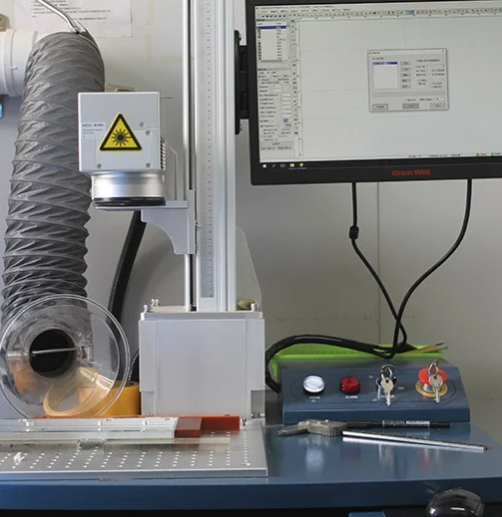Surface finishing refers to the process of modifying the surface of a material to improve the aesthetics, durability, and functionality of the material by adding a specific texture or pattern.
Surface finishing is commonly used in manufacturing, automotive, aerospace, and many other industries where the appearance and functionality of a material are important.
Surface finishing techniques are methods used to modify the surface properties of a material to achieve the desired appearance, texture, or functional characteristics. Some common techniques used for surface finishing include:
A process that involves the use of abrasive material to smooth a surface, remove rough spots or burrs, and prepare the surface for further finishing.
This technique polishes compound or abrasive material to smooth and shine a surface.
A process involves applying a thin layer of metal onto a substrate to improve its appearance, resistance to wear and corrosion, and other functional properties.
Applying a coating of paint or other similar substances to a surface protects against environmental factors such as water, UV radiation, or chemical exposure.
A process that creates an oxide layer on the surface of a metal to increase its resistance to corrosion, wear, and tear and to improve its appearance.
A process involves removing material from the surface of a material using chemicals, lasers, or other similar methods to create a desired texture, pattern, or design.
Applying a thin material layer onto a substrate provides it with specific properties such as corrosion resistance, scratch resistance, or enhanced appearance. This can be achieved through various methods, including painting, plating, or electroplating.

Surface finishing techniques are used in a variety of industries and applications. Here are some examples of how surface finishing techniques are used in different fields:
Surface finishing techniques are used to improve the durability and performance of aircraft components. Examples include anodizing, electroless nickel plating, and shot peening.
Surface finishing techniques are used to improve automotive parts' appearance, corrosion resistance, and wear resistance. Examples include powder coating, electroplating, and passivation.
Surface finishing techniques improve the biocompatibility and cleanliness of medical devices and implants. Examples include electropolishing, laser marking, and sterilization.
Surface finishing techniques are used to improve electronic components' conductivity and corrosion resistance. Examples include electroless plating, selective plating, and thin film deposition.
Surface finishing techniques are used to improve the durability and aesthetics of construction materials, such as metal roofing and façade systems. Examples include anodizing, powder coating, and PVDF coating.
Surface finishing techniques are used to improve the appearance and durability of consumer products, such as jewelry, watches, and smartphones. Examples include polishing, electroplating, and PVD coating.
Surface finishing techniques offer many benefits and applications, making them an important part of modern manufacturing processes. Contact our experts to know more about surface finishing and order any related products we offer.
By continuing to use the site you agree to our privacy policy Terms and Conditions.